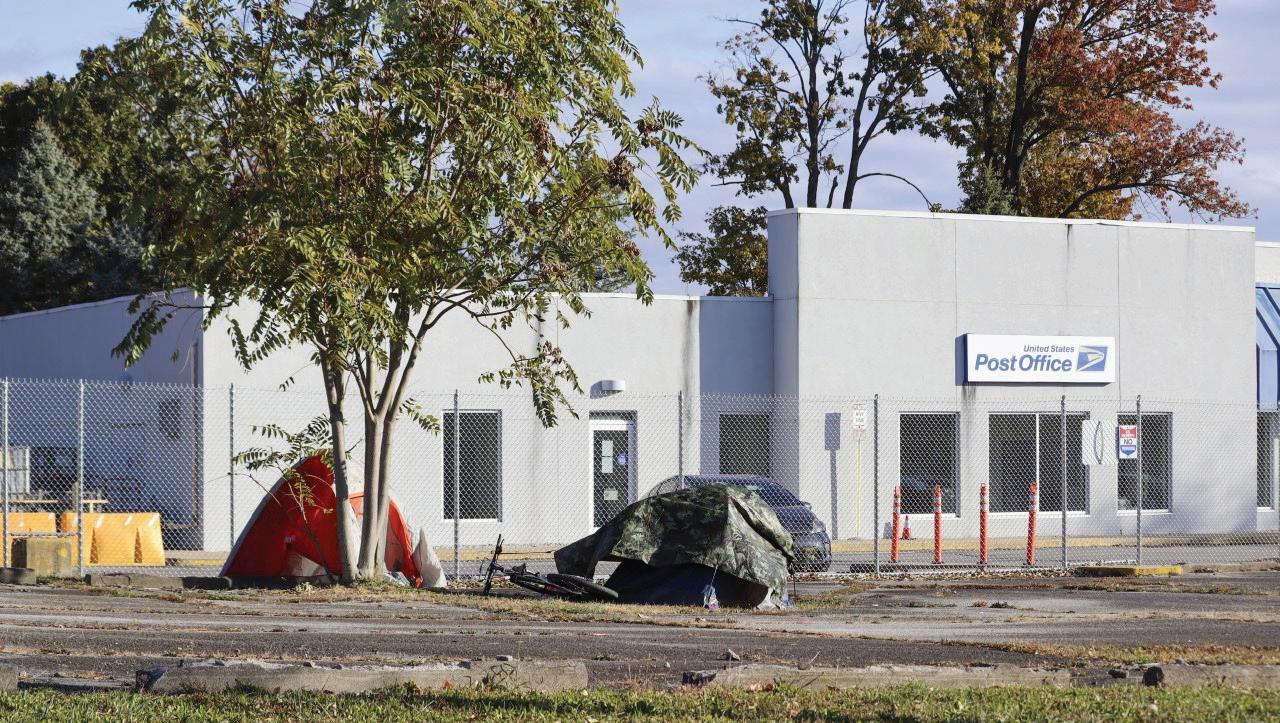
1 minute read
The solution to homelessness isn’t complicated
Joey Sills (he/him) is a junior studying journalism and political science.
Jordan Neely was a man who, for all intents and purposes, was at about as low of a point as one could be.
He had developed severe mental health issues after his mother was murdered by his step-father when he was 14, after which he bounced around the foster care system.
At the age of 16, Neely began a life as a Michael Jackson impersonator, a role he continued for several years to come, even amid his struggles with homelessness, incarceration and worsening mental illness.
On May 1, during an episode in which a now 30-year-old Neely began yelling on a New York City subway about how he was hungry and thirsty, a passenger felt the need to take the situation into their own hands and, with a 15-minute chokehold, killed him.
Neely’s life was a dramatic tragedy that came to a violent end because he had committed the crime of making people uncomfortable with his existence as a homeless person. He had reminded people that, beneath the red leather jacket and moonwalking, he too was a human being with real-life problems that too many would prefer to forget about. And, for some, this was a justifiable enough reason to end his life.
Neely’s story may be distinctive in that it was so widely publicized, but make no mistake — he is nowhere near the first or only person to die while experiencing homelessness. According to data compiled by Homeless Death Counts, over 7,800 unhoused people died in 2020. The same year, according to the same data,
Bloomington saw the death of 42 unhoused individuals.
For a city that professes to “protect the rights of all its residents,” that is an awful lot of unjust deaths.
Any death of an individual experiencing homelessness is inherently unjust. Scratch that — let’s take it a step further: the very concept of homelessness is, in itself, unjust. There is absolutely no reason that, in the richest country in the world, anybody should be devoid of their basic physiological needs of food, water or shelter.
The material conditions that lead to homelessness are, no doubt, complicated.
According to the National Law Center on Homelessness & Poverty, citing the U.S. Conference of Mayors, some of the leading causes of homelessness include a lack of affordable housing, unemployment, mental illness, low wages and sub-









